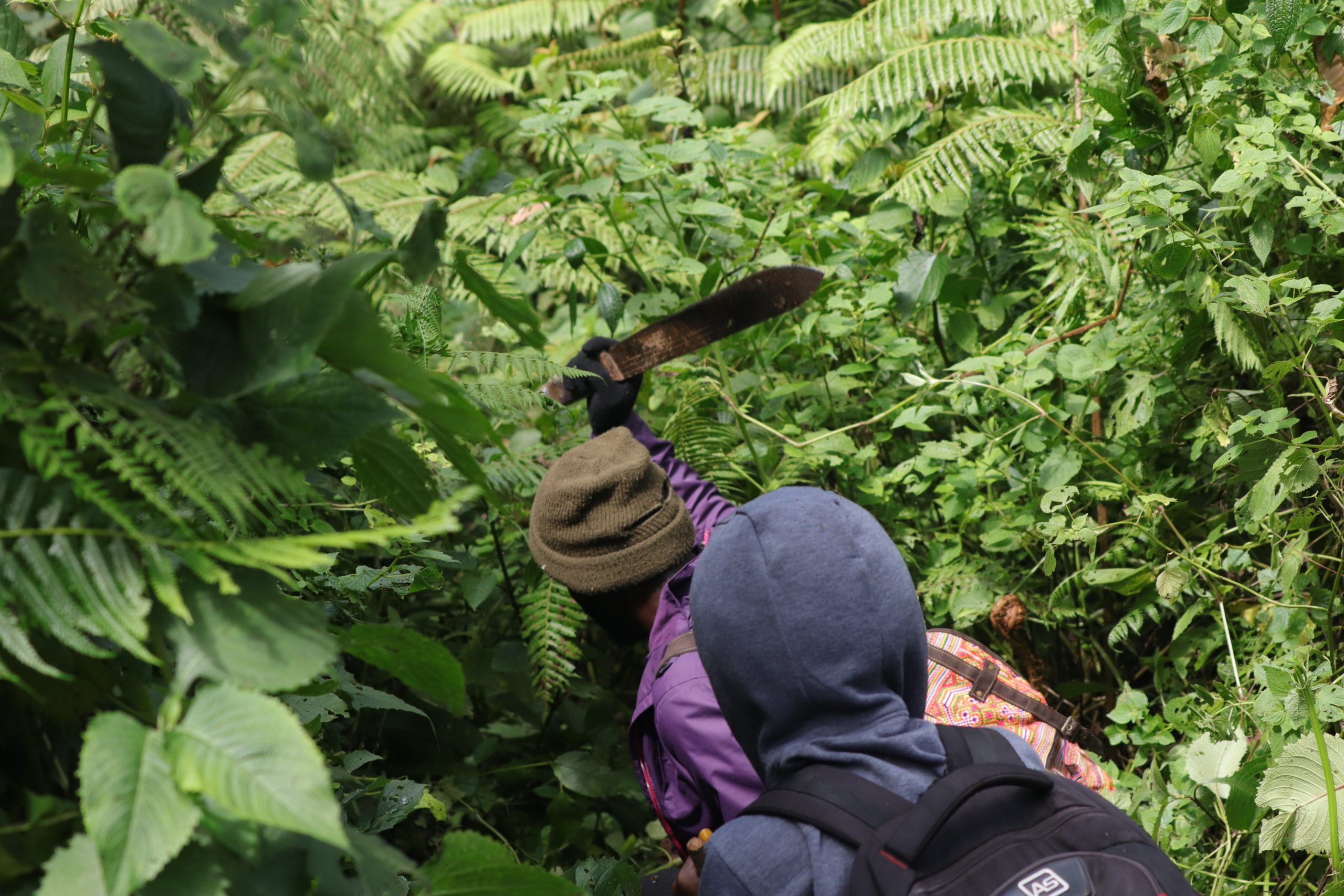
Daring the Bwindi impenetrable forest, ticking it off the bucket list

Tucked over 500 kilometers and between 10 to 15 hours way from Uganda’s capital Kampala, is Bwindi impenetrable forest which also is home to Bwindi National Park.
The month of March happened to be a special month for me as I was among members of the Conservation Media Camp selected for a trip to Kanungu district for the opening of a new heritage centre for the Batwa community by Change A Life Bwindi, a Non -Government Organization.
This was before Coronavirus and the resultant announcement of the lockdown in Uganda disrupted the way of life.
After a 14-hour drive, we arrived at Kitahurira village, Mpungu sub-county in Kanungu district, the home to Ihamba residence which would be our home for the next three nights.
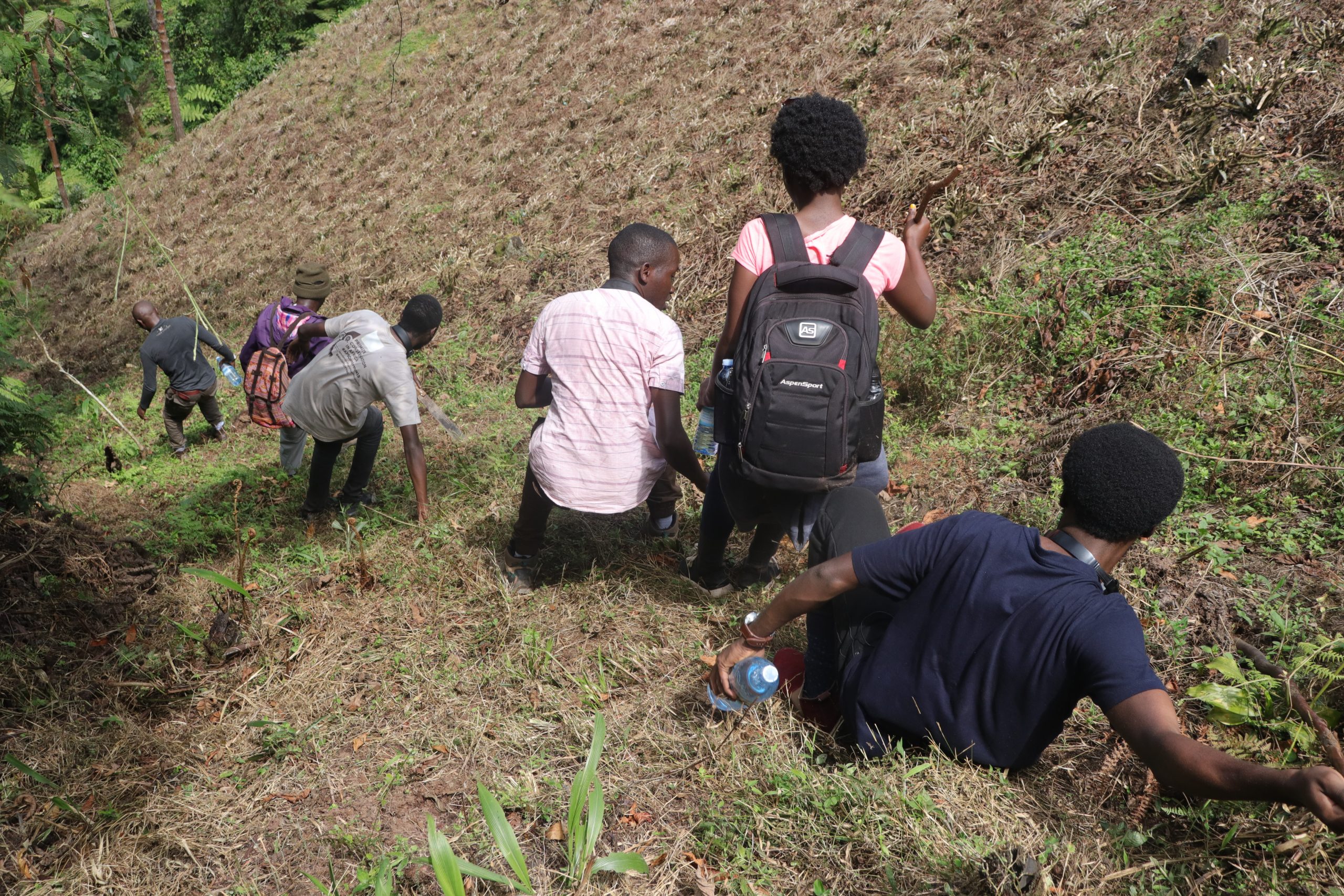
Ihamba is a Rukiga word to mean a forest and as such, the serene lodge and home away from home is a few metres adjacent to the Bwindi Impenetrable forest.
It is therefore, not by coincidence that the large primeval forest located in South western- Uganda shares its cool weather with Ihamba residence.
On our last day in Kanungu, we were swayed by Christine Katushabe, the proprietor of Change A Life Bwindi not to leave without paying a visit to the impenetrable forest.
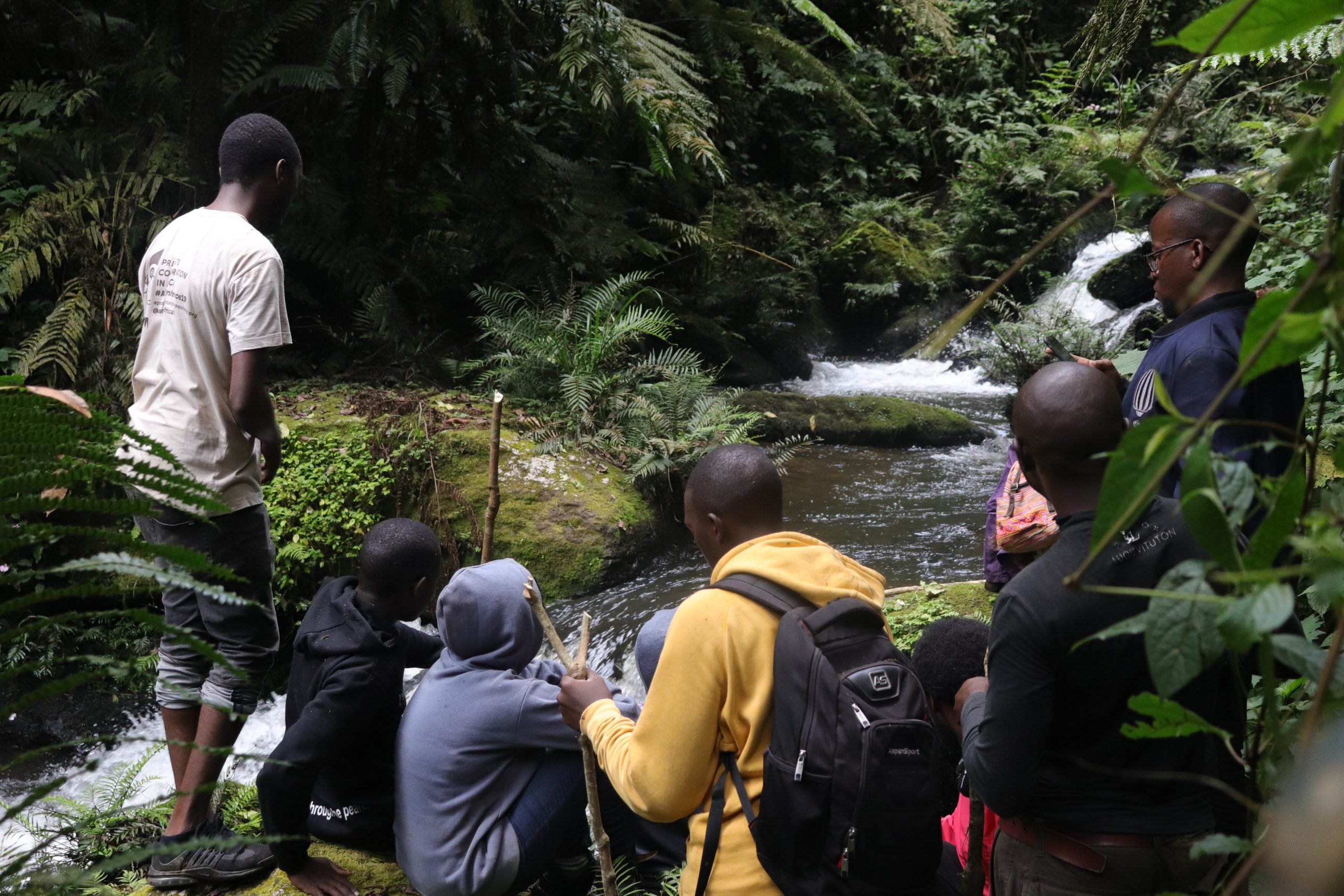
By the look of things, it was just a walkover to go through the forest but as they say; never judge a book by its cover.
At around 10am, the journey started but a few falls were almost inevitable because Ihamba is on a raised ground and we had to slope deep the valley to the forest.
Before, we left for the journey, our guide and Uganda Wildlife Authority ranger, Abel Tarinyebwa warned us that one of the most important tools that we needed was a panga but many laughed it off, but in order not to demoralize him, we carried one.
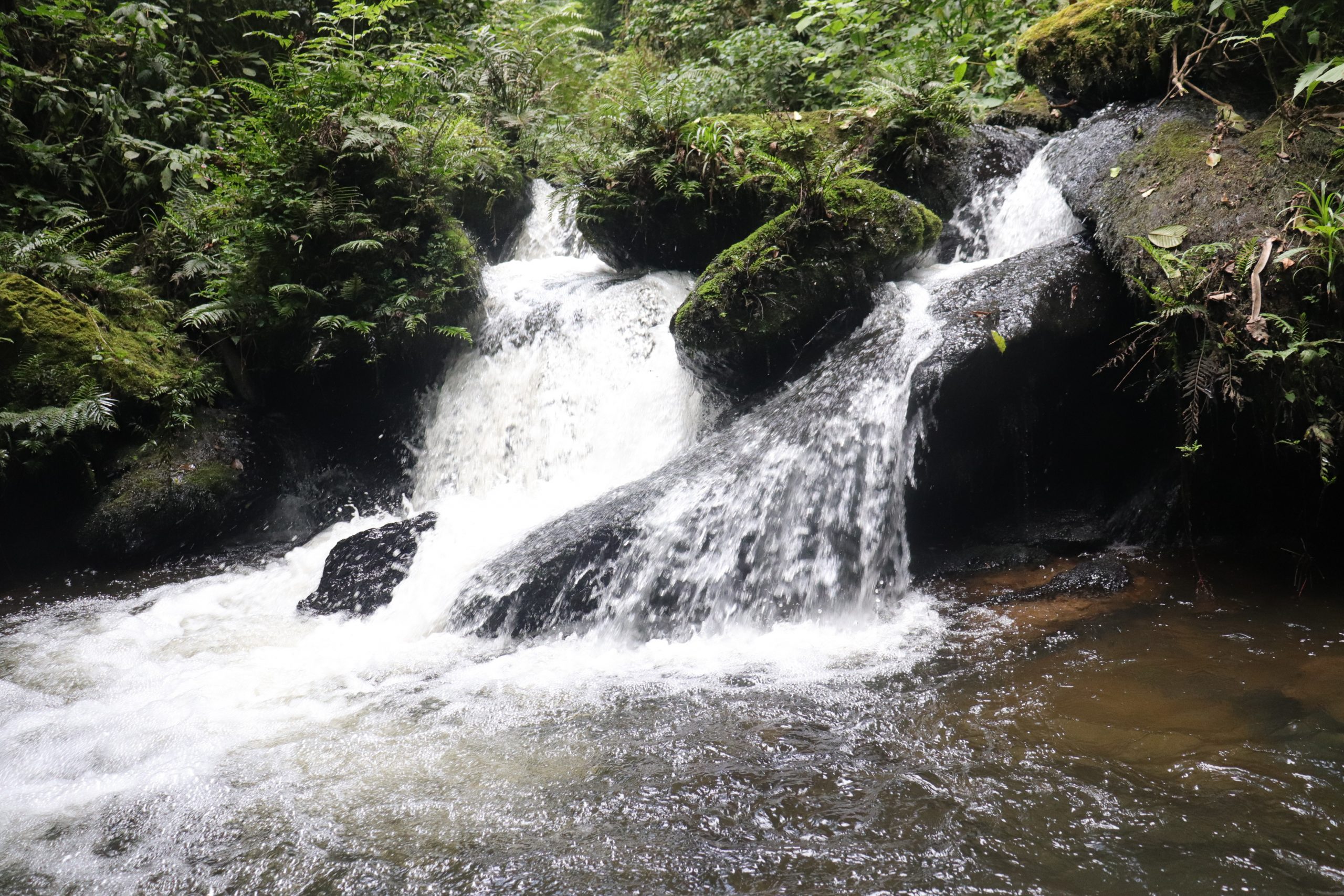
With the forest in sight, the journey continued and it took us not more than 15 minutes before what had been intimated to us as a no mean fete came to pass.
There was no path and the only way out was to use our pangas to cut through the thick grass and small trees to force our way into the forest.
Those with short sleeved shirts and shorts will always have a story to tell after thickets and thorns did a good job on their bodies.
Over 500 metres into the forest, we could hear the magnificent sound of one of the many falls making up the impenetrable forest and by the look of things, it was a few metres away but we had to walk for over 30 minutes to find it.
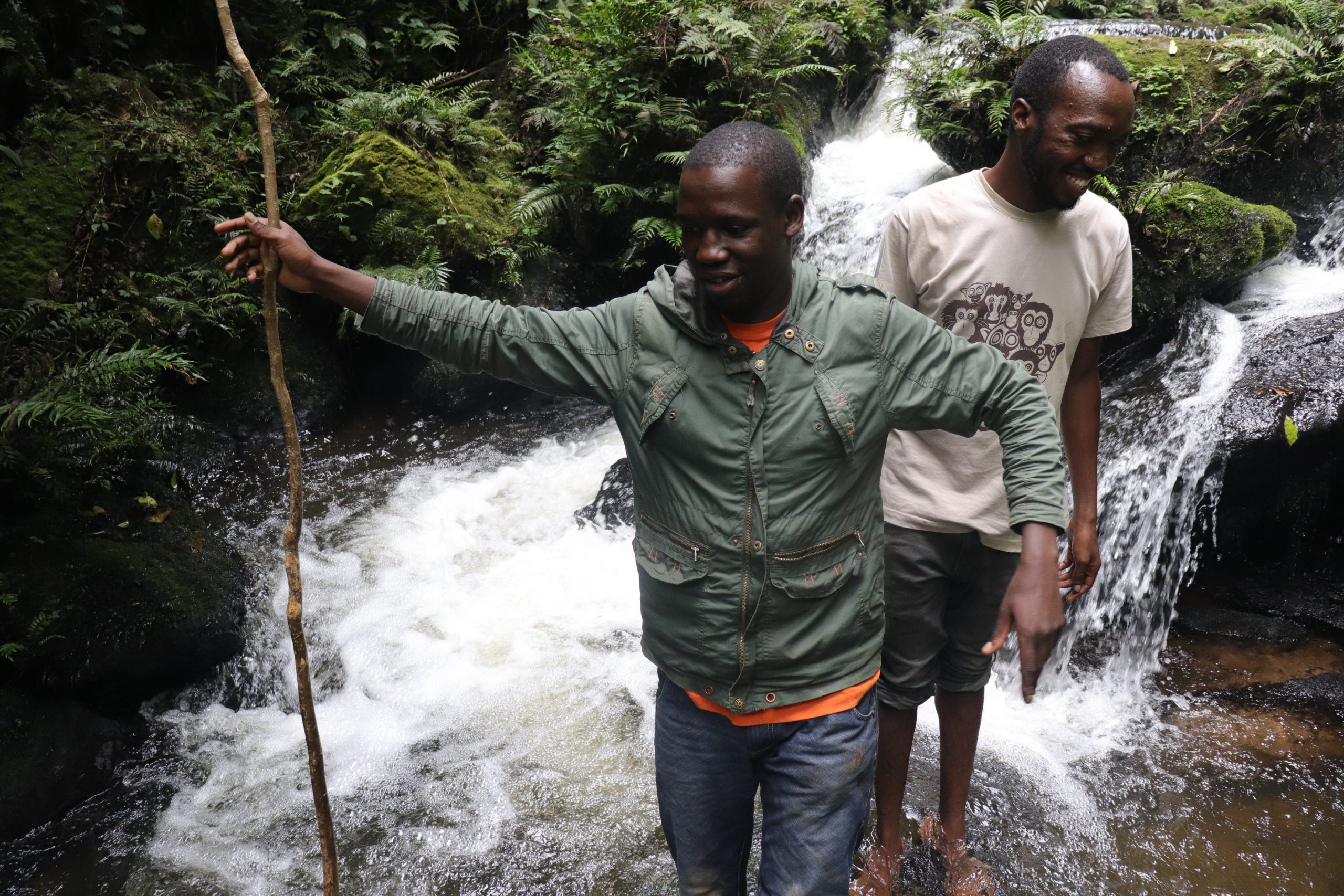
The journey saw us cross a makeshift wooden bridge to the other side of the stream.
On many occasions, according to our guide, tourists get lost yet the only way to cross the stream is through the makeshift bridge but the trick is finding the stream and following it until one finds the bridge.
Our walk was punctuated by a number of stopovers to rest and re-energize before embarking on the next part of the journey.
During the stopovers and throughout the journey, we chatted about different stories we could come across as a way of keeping ourselves busy through the walk but on many occasions, horrific stories were told leaving listeners quiet out of fear.
The beautiful scenery and euphonious sounds of birds in the forest were another beauty that could never go unappreciated but a number of falls along the slippery path were almost inevitable.
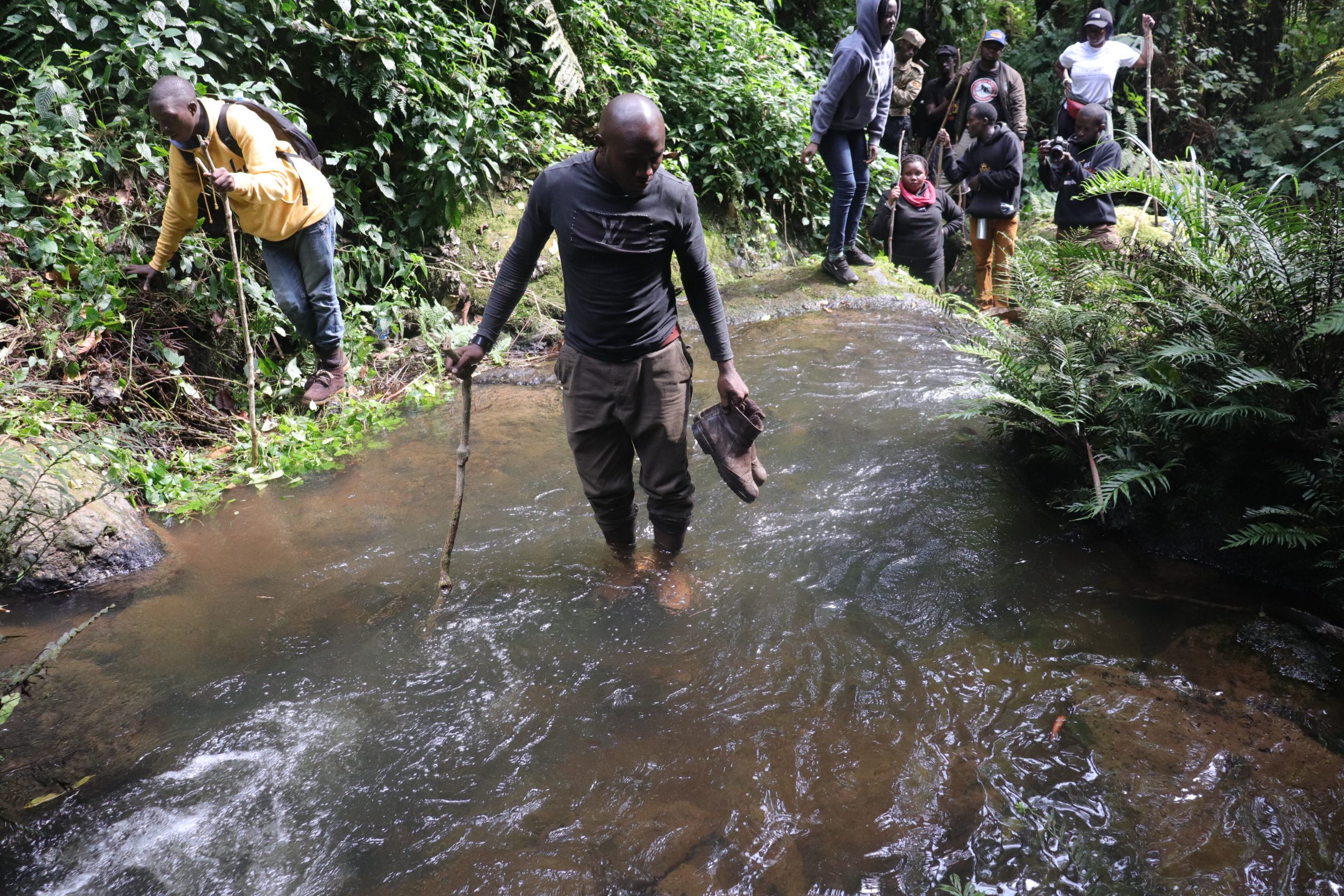
We however were not able to catch a glimpse of some of the mammals in the forest because we had not heeded to an earlier call by the UWA ranger to keep quiet while in the forest that also serves as a national park.
What we thought could be a few hours of simple nature walk turned out to be an 8-hour journey through the impenetrable forest that saw us arrive at Ihamba at a few minutes to 6pm in the evening.
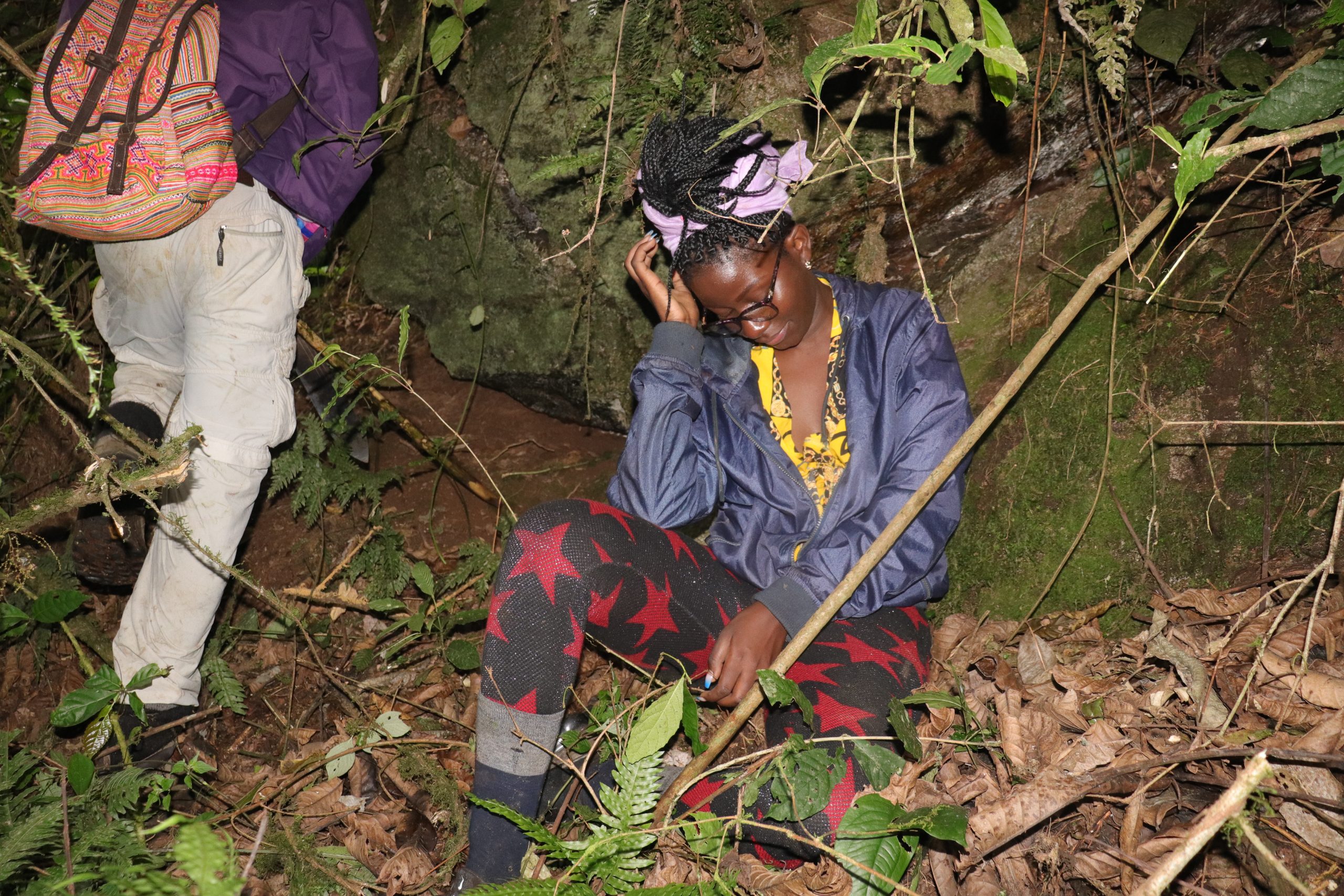
Despite being knackered, boots covered in mad, trousers wet and dirty and our bodies itching, courtesy of thickets, there was silent but evident satisfaction on our faces that beamed as we arrived at our starting point, Ihamba residence.
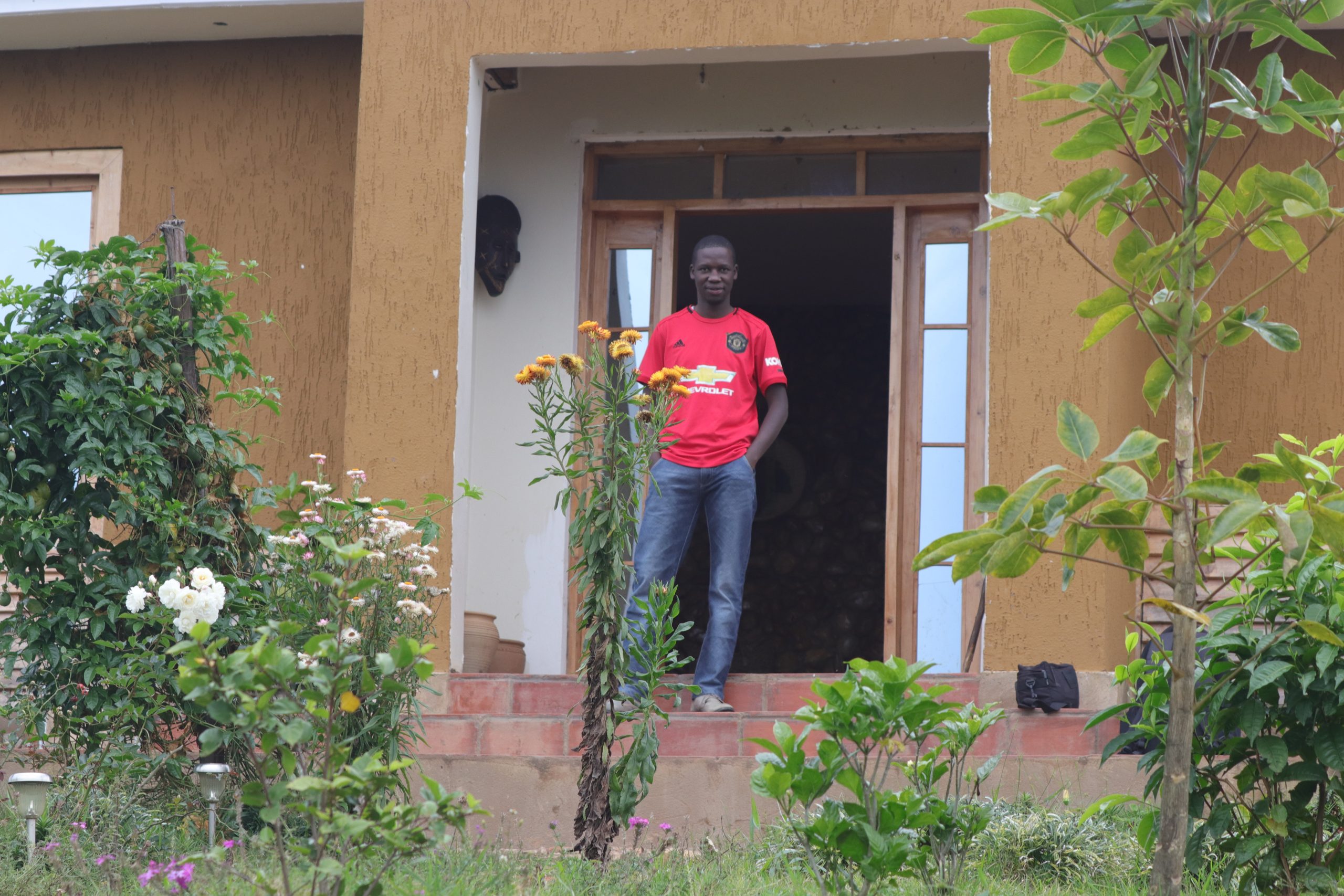
We had been able to dare and penetrate the Bwindi Impenetrable forest but one could easily say that nothing is given when it comes to the no mean fete we had achieved.
I had also ticked Bwindi off my bucket list.
Before trekking
You need to check your fitness levels as you bless for over 6 hours of trek through the thick forest.
Gumboots or strong jungle shoes and a raincoat are a must, for there are a number of items that might hit your feet but also being a tropical rainforest, expect it to rain any time.
Long sleeved attire and a bottle of water are also a must as you brace for the long journey through the thorny forest of Bwindi.
Rates
Ihamba residence’s accommodation is around $85 for a Ugandan and $100 for non -Ugandans for a night whereas the forest nature walk is shs30,000.
The post Daring the Bwindi impenetrable forest, ticking it off the bucket list appeared first on Nile Post.
0 Response to "Daring the Bwindi impenetrable forest, ticking it off the bucket list"
Post a Comment